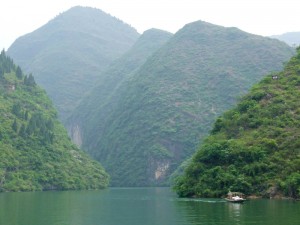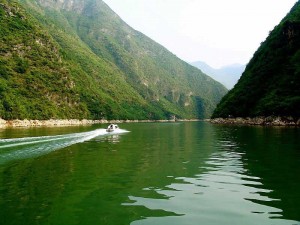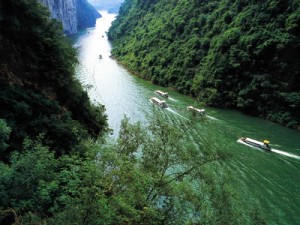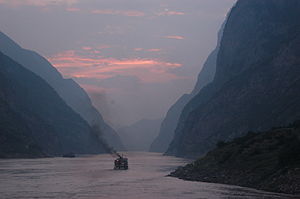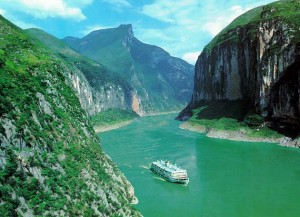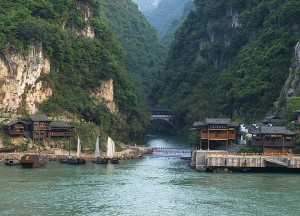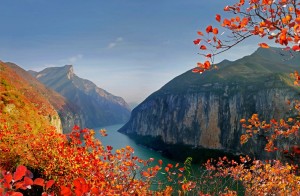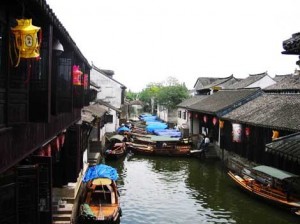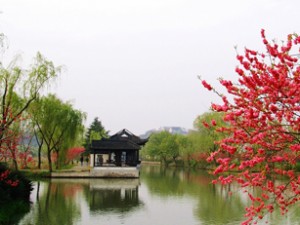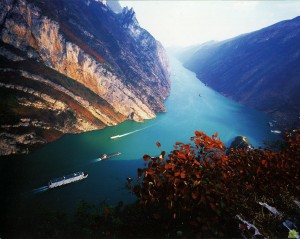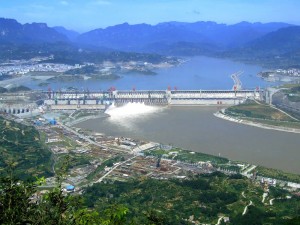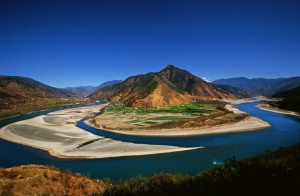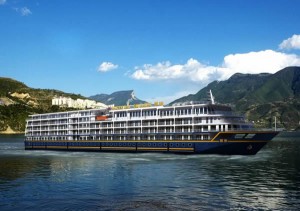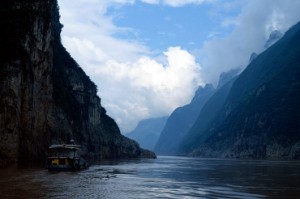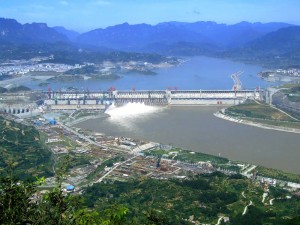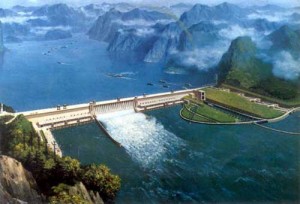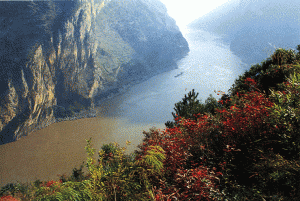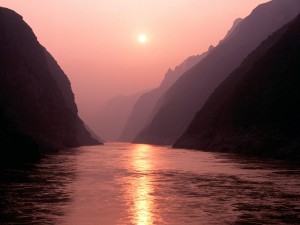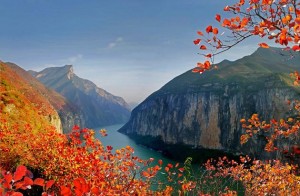Thinking of exploring the majestic Yangtze River’s Three Gorges in 2025? Let Jessica guide you to the best times to visit, along with a full itinerary covering food, lodging, and must-see sights—all on a mid-range budget. Let’s dive in!
one of China’s top ten natural wonders, the Three Gorges stretch 193 km (about 120 miles) along the Yangtze River—from Baidi City in Fengjie, Chongqing to Nanjin Pass in Yichang, Hubei. The area includes three breathtakinong gorges: Qutang gorge, Wu gorge, and Xiling gorge. Famous for their towering cliffs, rich history, and surreal natural beauty, this region is a must-see for travelers. But when should we go?
- The Best Season to Visit the Three Gorges
Spring (March to May):
Nature comes alive—flowers bloom, trees burst into green, and the river reflects the lush mountains like an ink painting. With comfortable temperatures and fewer crowds, it’s a perfect time for hiking, sightseeing, and immersing yourself in nature’s renewal.
Summer (June to August):
The river swells with power and beauty. Though hot, the refreshing river breeze makes cruise travel pleasant. If you visit when the Three Gorges Dam releases water, you’ll witness one of the region’s most dramatic spectacles. Be aware: summer is peak season, so plan ahead and book your accommodation and tickets early.
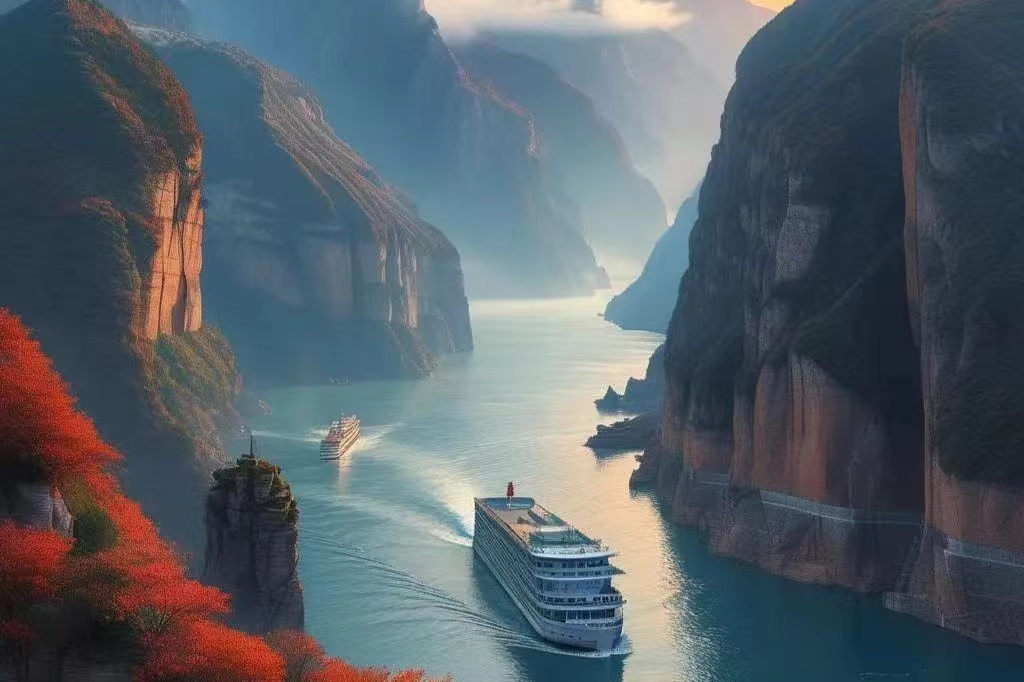
Autumn (September to November):
Many call this the most beautiful season to visit. The weather is crisp and clear, the mountains are blanketed in red and gold foliage, and the river reflects a rich tapestry of colors. Autumn offers mild weather and fantastic conditions for outdoor adventures.
Winter (December to February):
Winter in the Three Gorges has a quiet, mysterious charm. The water recedes, revealing deeper canyons and peaceful scenery. Though colder, it’s less crowded, allowing for a tranquil experience. It’s also a great time to tour the massive Three Gorges Dam or take a winter river cruise.
- Budget-Friendly Travel: Mid-Range Spending for a Full Experience
Tickets & Transportation:
Admission Fees: Vary by site. The Three Gorges Dam is free, but reservations are required. Popular spots like Baidi City and the Mini Three Gorges (Xiao Sanxia) charge entrance fees.
Getting There: Fly, take a train, or drive to Chongqing or Yichang, the entry points for Three Gorges tours. River cruises typically include transportation, lodging, and some guided tours—great value for money.
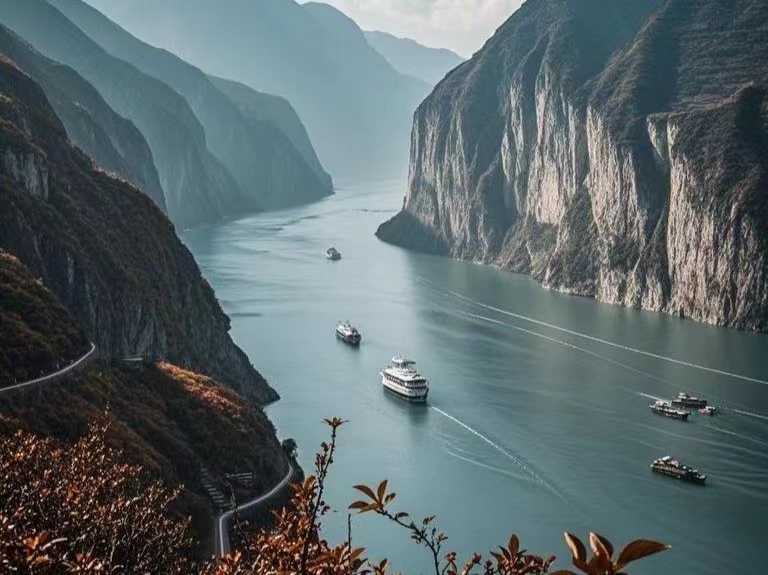
Where to Stay:
Cruise Ships: A favorite among visitors. Cruises offer all-in-one experiences—accommodation, meals, and guided sightseeing. Prices depend on cabin type and trip duration.
Land-Based Hotels: If you prefer staying on land, both Chongqing and Yichang, as well as towns along the river, offer clean, affordable hotels and boutique stays with local charm.
What to Eat:
On Cruises: Meals are often included in the ticket price. Expect a variety of Chinese and Western dishes, buffet-style or à la carte.
On Land: You’ll find authentic, flavorful cuisine all along the river. Don’t miss local specialties at small restaurants and street food stalls—delicious and affordable.
- Sightseeing Tips: Make the Most of Your Trip
Itinerary Planning:
Recommended Duration: 3 to 5 days lets you enjoy the highlights without rushing.
Must-See Attractions: Three Gorges Dam, Baidi City, the Mini Three Gorges (Xiao Sanxia), and, of course, the river cruise itself—watch towering cliffs and ancient towns pass by from the deck.
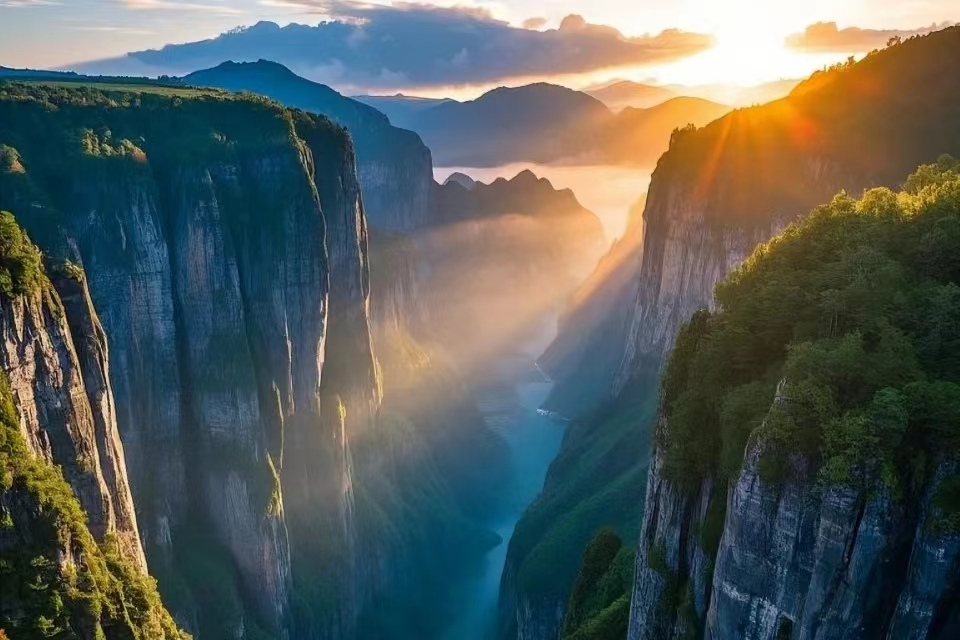
Travel Advice:
Dress Smart: Wear comfortable shoes—terrain can be steep and uneven. Bring sunscreen, a hat, and layers depending on the season.
Safety First: Follow local guidelines and avoid climbing steep cliffs or swimming in restricted areas.
Eco-Friendly Travel: The Three Gorges is an important ecological zone—please don’t litter, and respect wildlife and natural surroundings.
Save this Guide and Get ready for a Smooth 2025 Trip!
Want to explore the breathtaking beauty of China’s landscape next year? Bookmark Jessica’s page for the latest travel tips and hidden gems. Got questions or suggestions? Drop a comment below—Jessica loves hearing from fellow adventurers. See you on the river!
